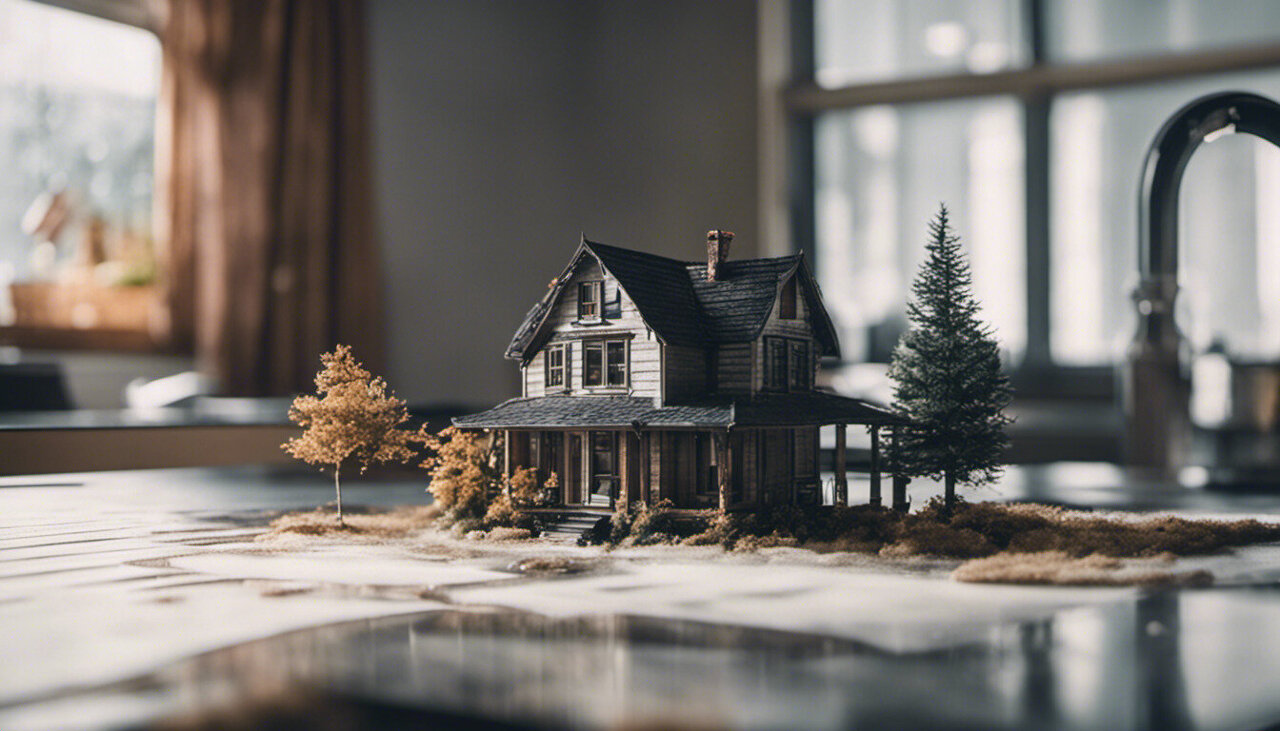In the home, black mould can develop as a result of flooding or chronic dampness. It’s important to note that various bacteria, fungi, viruses, mites, algae, and protozoa are present in the air and on surfaces around you. These microscopic organisms are often undetectable due to their tiny size and low concentrations. However, when they find an environment suitable for growth, you may notice them through their odor or the appearance of stains and color changes.
Mold growth often presents itself in different colors, each indicating a specific type of fungus. For instance, black stains can be quite alarming, as many people have become aware of the concept of toxic black mold due to the effects of floods. However, not all black discoloration is caused by the same organisms, and most black molds won’t harm you. Toxic black mold, known as Stachybotrys, typically appears on materials that have been wet for an extended period. On the other hand, black grout in your shower may be caused by a different fungus called Aureobasidium. While it can be slimy and sticky, it isn’t toxic and can be killed with bleach, though the dark pigmentation may linger.
Blue mold, such as the one you may find on oranges, is commonly caused by Penicillium. This versatile organism is known for producing blue cheese and the antibiotic penicillin. It forms dense growth that resembles smoke when disturbed, spreading millions of spores. In our homes, Penicillium species are typically responsible for food spoilage or growth in soil.
Contrary to common belief, fungi can thrive in the presence of light, particularly ultraviolet (UV) light. Certain plant pathogens, like Stemphylium and Epicoccum, require UV exposure to trigger spore production. These fungi often hitch a ride on natural fibers, resulting in staining that can turn damp items yellow, brown, or orange.
Green mold is commonly seen on moldy bread and other food items. The green tuft typically belongs to a group of fungi called Aspergillus. These fungi have various species that can be found in different environments and possess different characteristics. Trichoderma, another member of the green gang, produces forest-green spores and tends to grow on wet cardboard or dirty carpet.
Pink, purple, and red molds include Neurospora, Fusarium, and Serratia. Neurospora, also known as red bread mold, is extensively studied for its genetic and evolutionary insights. Fusarium, a crop pathogen, occasionally turns spoiled rice purple or causes violet patches on wet cement sheet. The pink scum around bathroom taps is actually a bacterium called Serratia, which thrives on soap scum residue.
Lastly, white mold is characterized by its lack of pigmentation. One fascinating example is the Isaria farinosa fungus, which appears as white, tree-shaped growths on moths and cicadas. It serves as a parasitic organism on these insects.
So, when you observe mold or color changes in your environment, take a moment to appreciate the microscopic wonders that coexist with you. Of course, it’s essential to clean up and maintain a hygienic living space.
Denial of responsibility! TechCodex is an automatic aggregator of the all world’s media. In each content, the hyperlink to the primary source is specified. All trademarks belong to their rightful owners, and all materials to their authors. For any complaint, please reach us at – [email protected]. We will take necessary action within 24 hours.

Jessica Irvine is a tech enthusiast specializing in gadgets. From smart home devices to cutting-edge electronics, Jessica explores the world of consumer tech, offering readers comprehensive reviews, hands-on experiences, and expert insights into the coolest and most innovative gadgets on the market.


